In the search for waves in Europe during summer I choose non-obvious therefore interesting directions. I’m skipping France, Spain and Portugal (best for beginners and intermediate surfers at this time of year according to some rankings) in favour of Great Britain and… Poland.
Destination no 1: Kalafiornia, Poland
The Polish surf scene is developing rapidly. There are tools dedicated to forecasting surf conditions exclusively on the Polish coast and the Baltic Sea regularly provides surfable waves.
In one of my previous posts I wrote about where to surf in Poland. I also shared my experiences from catching waves on Hel peninsula.
Having covered the Polish “east coast” it’s time for the “west coast”, where the surfing conditions for beginner and intermediate surfers can be very promising.
About summer (and not only) surfing on the Baltic Sea and Kołobrzeg region in particular I have talked to Jan Sadowski, Head Coach at SurfAcademy.pl, the creator and president of the West Pomeranian Surfing Association, one of the most experienced surfers in Poland and the ambassador of the NSP brand.
Son of a Beach: I personally think that the Baltic Sea is a good place for learning how to surf. I have this observation that more people in Poland decide to try surfing and they’re keen to do that in summer. What is so unique in the Baltic Sea that it’s worth to take it under consideration when choosing a place to start a surfing adventure?
Jan Sadowski: Baltic Sea is a great place for beginner surfers. Our waves are less powerful then the oceanic ones. The water isn’t that salty so it’s not that harsh for the eyes. There are no rocks or reefs and currents are weaker. Our wave – here on our home spot – is also very consistent.
SOAB: How often you can surf during summer months?
JS: According to our own research (conducted for 4 years now) we have more than 200 surfable days per year. In summer we observe 1-2 weeks long periods which provide good quality waves divided by totally flat ones. There is no rule but that is also SUPer exciting.
fot. Surfacademy.pl
SOAB: How would you describe surf conditions in this part of the Polish coast? How would you compare them to those we can observe on Hel peninsula?
JS: There is a lot to talk about, but firstly I would like to say that we shouldn’t compare those two regions since the Hel peninsula is just a small part of the coast and we’re talking about more of a region here. What we can do is to try to compare our home spot #Kalafiornia to Hel and there are few differences.
First of all, as I said before, in Kalafiornia we have 200 surfable days per year. It happens mostly because our swell window is bigger (SW->E). When the conditions are right (light offshore wind) we get real sets of waves (some people still can’t believe that it’s possible in a sea like the Baltic). We call that the Kołobrzeg classic 🙂
In Kalafiornia we also have many objects that protect the spot from wind which makes the wave qualitative. On the other hand Hel can handle direct North swell which makes those waves bigger than the ones we have here.
I need to mention one more thing in favour of the „west coast”. Our spots are very diverse. We have fast hollow waves on Ustronie Morskie spot (just a few minutes ride from Kołobrzeg). In Mrzeżyno we can surf when the wind is very strong thanks to the characteristics of that spot.
fot. Surfacademy.pl
fot. Surfacademy.pl
SOAB: Let’s talk more about the Kalafiornia itself. How did you come up with this name?
JS: You need to come visit us to feel this vibe (laughing). But seriously, it’s all about those consistent waves, the sunset, those moments when sitting on the lineup next to the pier, seeing other surfers walking down the beach passing a guy parking his scooter next to a local restaurant. This all makes you feel like you’re in California. On the other hand, at the same time you see typical Polish “rednecks” and old tourists from Germany cheering while you’re ripping on a wave. It’s little grotesque but that’s ours, our Polish version of California called Kalafiornia*.
When did we come up with the name? Can’t remember exactly, but probably during one of our winter sessions. It was cold (around 6 degrees Celsius), we were preparing to hit the water. The waves were pumping, the sun was shining… We were so stoked to experience all this in that very moment.
*Kalafiornia – a mix of English word California and Polish translation of cauliflower, which in Polish language means a vegetable as well as something countrified
SOAB: What is important when considering surfing on your home spot?
JS: What is important? Surfing etiquette, respect for the local surfers and support for the local surf shop. Can’t give the one and only algorithm for the spot, cause there’s none. If you’re a first timer just ask local surfers about conditions and where you can safely surf. If you’re a beginner you’re very welcome to join one of our courses. We will teach you how to be safe in the water and we’ll help you with your progress. I’m saying this because some people think they’re experts and that could end in surfing in forbidden zone (bathers zone for example) or in just unsatisfactory session. It’s always better to ask in local surf shop and learn from more experienced surfers.
fot. Surfacademy.pl
fot. Surfacademy.pl
SOAB: Let’s dive deeper now into the spots selections in this part of the coast. What spots would you recommend for beginner and intermediate surfers?
JS: For both levels I would strongly recommend Kołobrzeg with spots like: Surfacademy.pl home spot (Latarnia Morska, Palikpoint, Flaga, Palikpoint brat, Piekiełko, Molo). There’s well developed infrastructure there with a surf club (probably the first one in Poland) operating whole year round. More advanced surfers can search for waves in Ustronie Morskie (Centralna!, Wodnik/ taras, Kaszubianka/12). It’s always good to visit local surf shop in Kołobrzeg to ask about conditions before you hit the road.
SOAB: What boards work best on your home spot (considering intermediate surfers)? How thick wetsuits would you recommend in summer?
JS: As always the right board needs to be matched to one’s abilities and actual conditions. There are days when the best pick would be a longboard so you can catch long rides on mellow waves. When the surf is bigger you can use a shortboard and even do some airs. When considering wetsuit in the summer you need to be prepared for changing conditions as well remembering that thermal comfort is an individual thing. A 3/2 or even 4/3mm piece of rubber is always a safe choice even though we have days when the water is 23 degree Celsius which requires boardshorts and 1 mm surfing jacket only.
SOAB: Why is it worth to surf in Kołobrzeg?
JS: What more can I say? We have a unique atmosphere and #Kalafiornia is a state of mind! Peaceful and cool. We have the infrastructure, great surf school with all benefits of professional approach to surfing coaching. We have diverse spots for all abilities and we operate all year round thanks to the unique characteristics of our home spot.
fot. Surfacademy.pl
fot. Surfacademy.pl
Why it’s worth to go there:
- great surfing condidtions for beginners
- well developed infrastructure (surf school, surf shop, hotels and appartments, restaurants, cafes)
- uncrowded spots
- the cost of equipment and surfing lessons are smaller then on the Atlantic coast of Europe
Destination no 2: Cornwall, Great Britain
Raw, wild and beautiful Cornwall is the mecca of English surfing. The Atlantic low-pressure systems provide type of swell, thanks to which Cornwall offers one of the best conditions for surfing in Europe. The waves pump practically all year round and the coastline is rich with surf spots for every level of surfers. And although the temperature of the water doesn’t spoil even in the summer (in July and August it oscillates around 16 degrees Celsius) local beaches can be crowded.
The most popular beginner surfers spots include:
- Polzeath – well sheltered spot with mellow, slow waves; works on every tide
- Watergate Bay – long beachbreak in close neighbourhood of famous Fistral beach; popular among kite surfers as well
- Gwithian – wide and well sheltered beachbreak which makes it ideal for beginners; next to it is more demanding spot called Godrevy
- Porthmeor – hollow fast beachbreak that works in bigger swells; most suitable for beginners in summer when waves are chest high
- Sennen Cove – very consistent, swell-sucking beachbreak offering punchy peaks with barrels when offshore on a medium swell and tide; beginners should look for waves on the southern end of the beach
Polzeath, fot. DOM101, magicseaweed.com
Watergate Bay, fot. Jessop, magicseaweed.com
Gwithian, fot. Eskinzo, magicseaweed.com
Porthmeor, fot. Big Dave, magicseaweed.com
Sennen Cove, fot. PANPANPAN101, magicseaweed.com
Newquay with the famous Fistral beach is the surfing capital of the region. This consistent beachbreak provides long, qualitative rights. It can be crowded especially in summer.
Between 8th and 12th August Fistral beach becomes a home for the Boardmasters Festival.
Since 1981 it has been promoting surfing, music and ecological way of life. I think that this event can be a very interesting supplement of a surf trip to Cornwall. It’s worth to mention that during the event Boardmasters Quiksilver Open is being ran which is an event of WSL QS tour.
Many famous surfers have won the Boardmasters. Here are some of them: Tom Carroll, Martin Potter (currently a World Surf League commentator), Barton Lynch, Taj Burrow, Adrian Buchan, Bede Durbidge, Wiggolly Dantas and Marc Lacomare. Interestingly, the 11-time world champion Kelly Slater has never won.
Trying to get to Cornwall from Poland it’s best to jump on a budget airlines plane to Bristol (Ryanair and Wizzair regularly fly there) or Bournemouth (traveling with Ryanair). Newquay can be reached by car in 3 hours from both airports.
Why it’s worth to go there:
- a huge variety of surf spots
- well-developed infrastructure
- Boardmasters Festival (an opportunity to watch QS WSL contenders)
- an interesting geographical region
- good air connections from continental Europe
Destination no 3: Wales, Great Britain
Less than 600 km north of Newquay is the Surf Snowdonia. For me one of the reasons why I would take a surfing trip to Wales. This world’s first commercial artificial wave will never replace the real one, but it is tempting to check it out. The wave “built” in the Surf Snowdonia park may be the closest for us Europeans to the experience that offers an outstanding artificial wave created by Kelly Slater on his Surf Ranch.
Why is this an interesting alternative for beginner surfers? Above all, it’s a good training tool. Such a wave is much more repetitive than the ocean wave, which makes it less surprising. You can learn key movements and maneuvers faster. Secondly, there is no risk of lack of swell.
Surf Snowdonia, fot. Ben Selway, magicseaweed.com
I’m far from saying that artificial waves are better than real ones. However I treat it as a big curiosity and I would like to test such a “spot” so that I can form my own opinion.
When the repetitive and regular wave at Surf Snowdonia gets bored or disappointing, all you have to do is move south to Cardiff and enjoy the natural conditions that the Welsh coast has to offer.
The most popular beginner surfers spots include:
- Poth Neigwl/Hells Mouth – Gwynedd: despite the dangerous name, the character of this spot is very gentle (this is due to the fact that the waves migrating to the north lose energy here); the best conditions are provided by the south and south-west swell, north-east wind, regardless of the tide
- Llangennith – Gower: one of the most consistent spots in the area; apart from being named one of the most beautiful beaches in Europe it’s long enough to handle any amount of surfers with different skills; works on every tide, the perfect swell is the one from the south or south west
- Rest Bay – Porthcawl: very regular break providing gentle waves, although it can take a larger swell; the spot works on every tide and west and the south west swell
- Freshwater West – Pembrokeshire: slightly more demanding spot, including a reef section (for more advanced surfers); the spot which is a home for Wales’s surfing championships works best at low tide and south or west swell
Poth Neigwl/Hells Mouth, fot. Jack Mayall, magicseaweed.com
Llangennith, fot. Spen45, magicseaweed.com
Rest Bay, fot. Waxmate, magicseaweed.com
Freshwater West, fot. Daisy, magicseaweed.com
It’s best to get to Wales via Liverpool (closer to Surf Snowdonia) or Bristol (closer to the above-mentioned spots) by choosing budget airlines such as Ryanair.
Why it’s worth to go there:
- Surf Snowdonia
- diversity of coastal surf spots
- interesting, historical region (medieval castles, picturesque routes)
- well-developed infrastructure
- good air connections from continental Europe
In the next part: where to go for autumn surfing in Europe.
Thanks for reading. Now go surf!
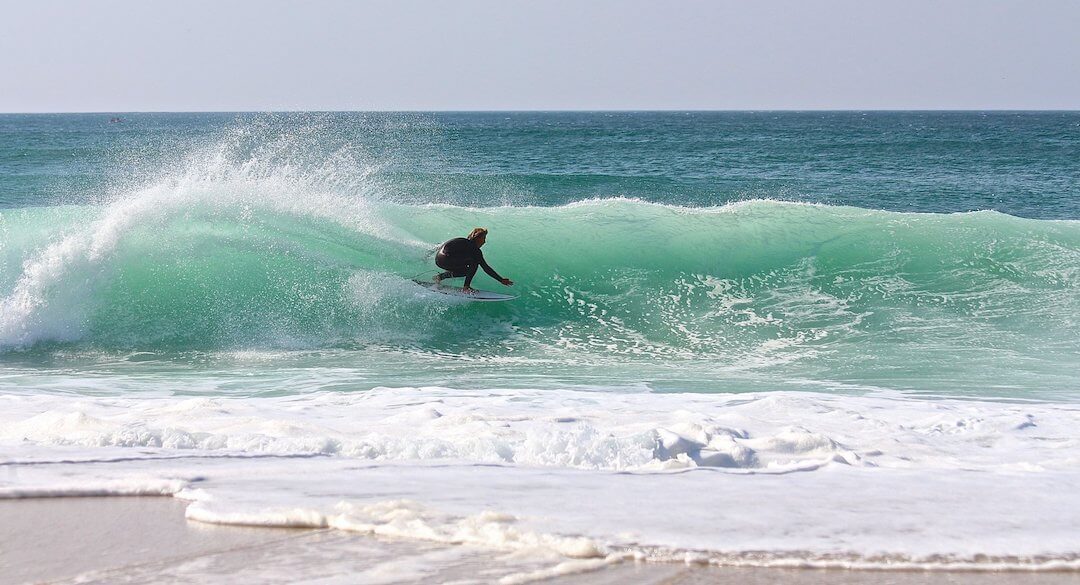
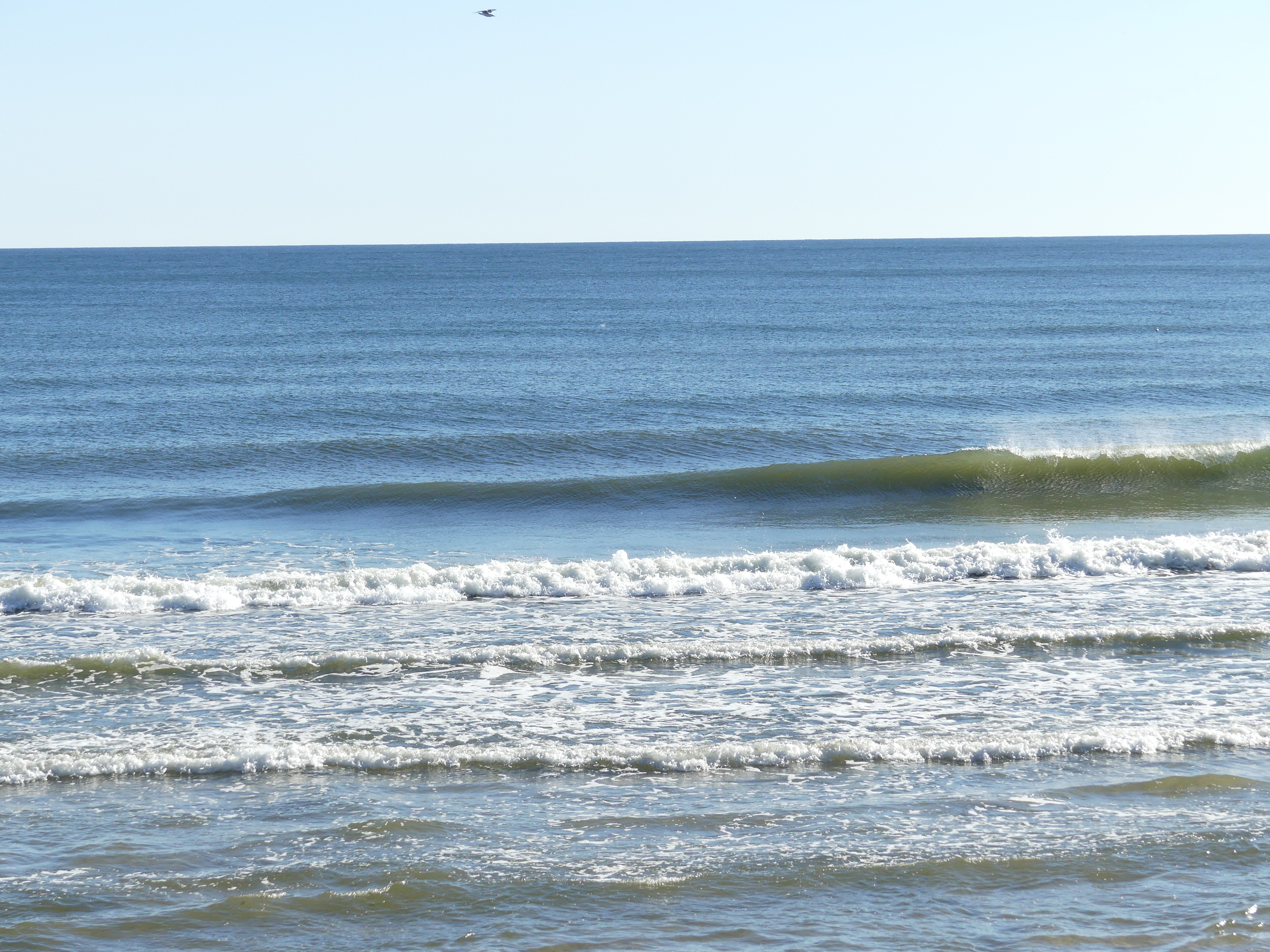
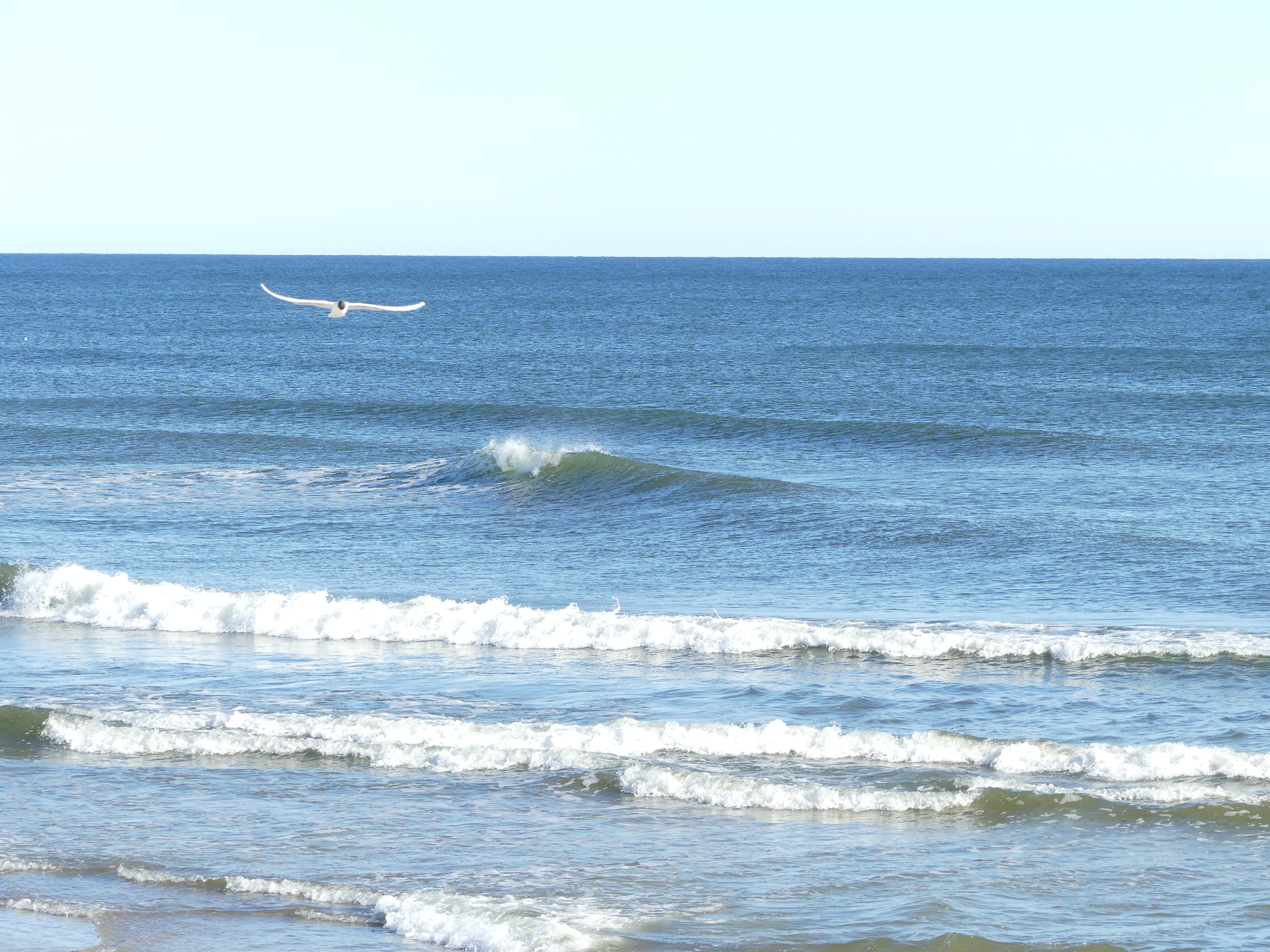
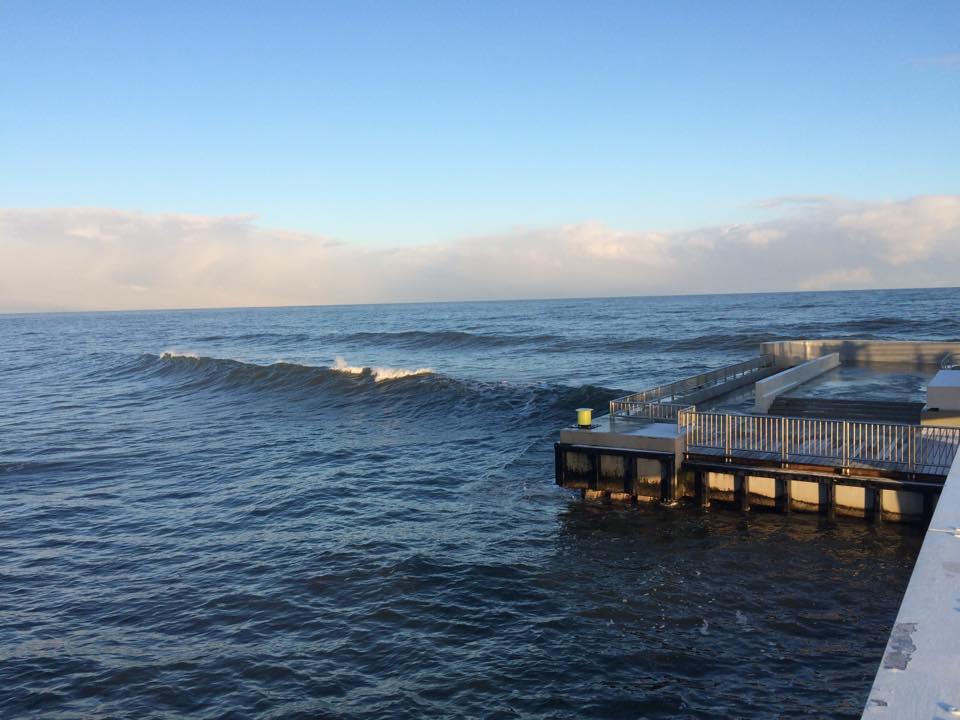
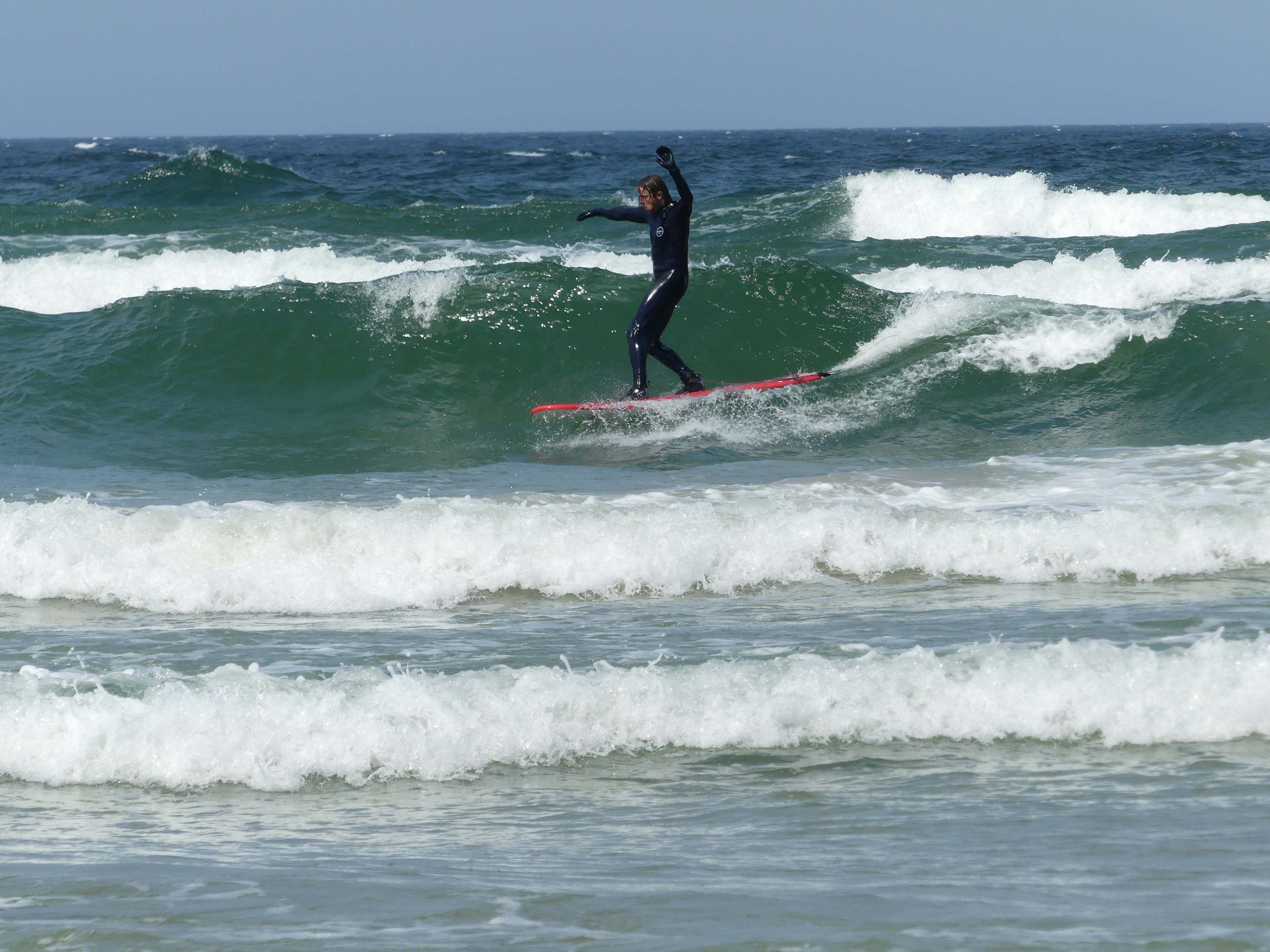
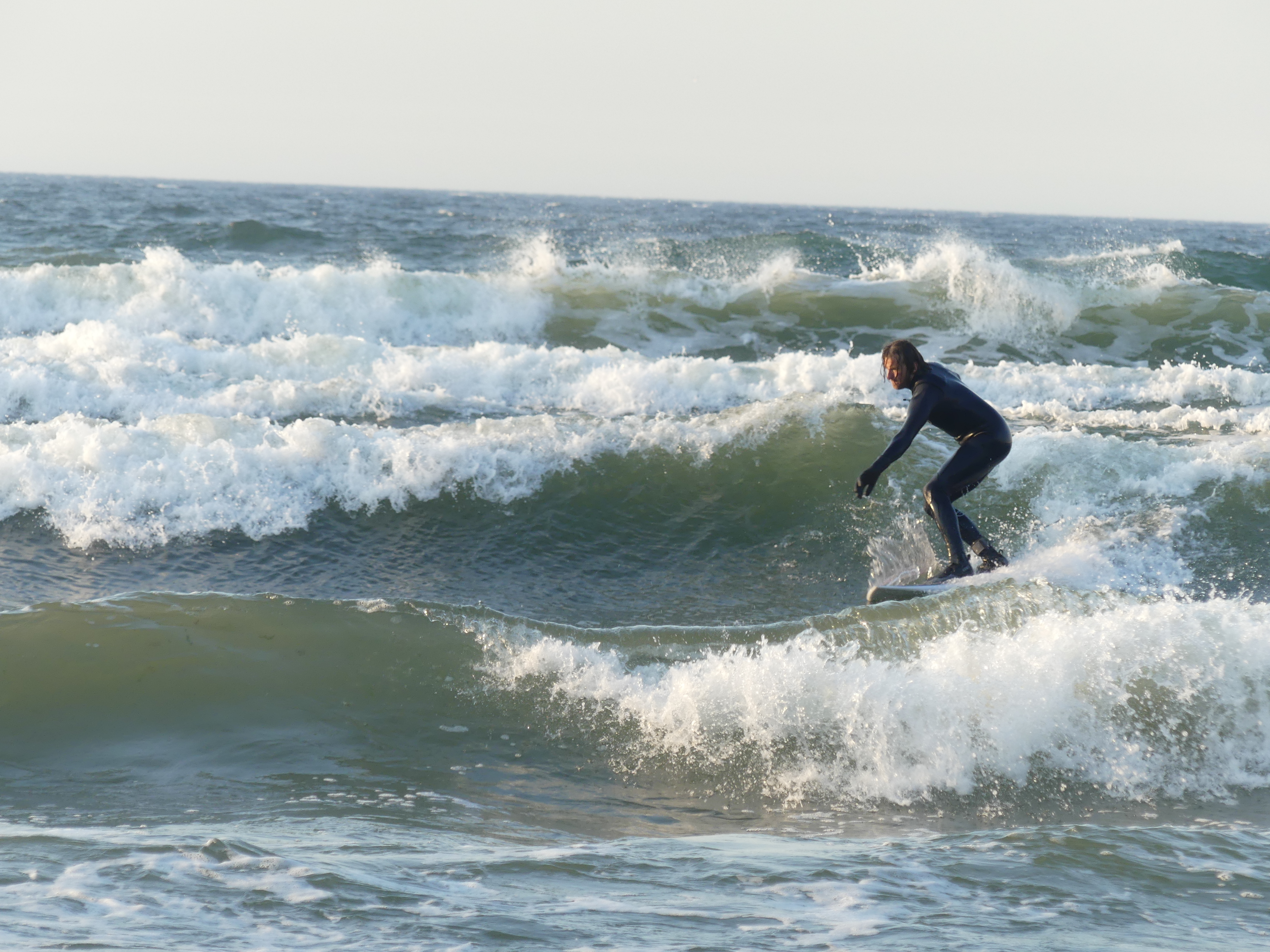
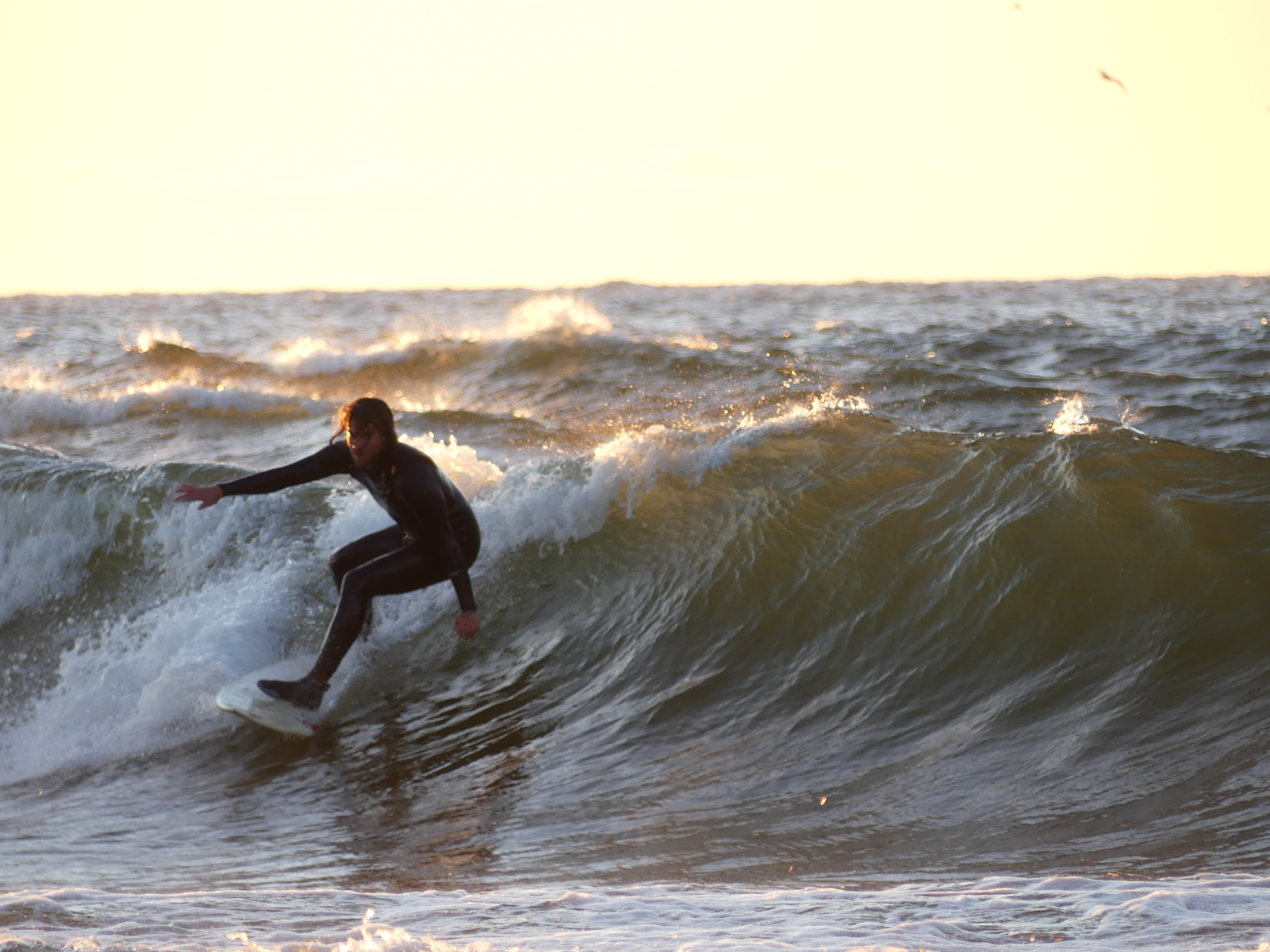
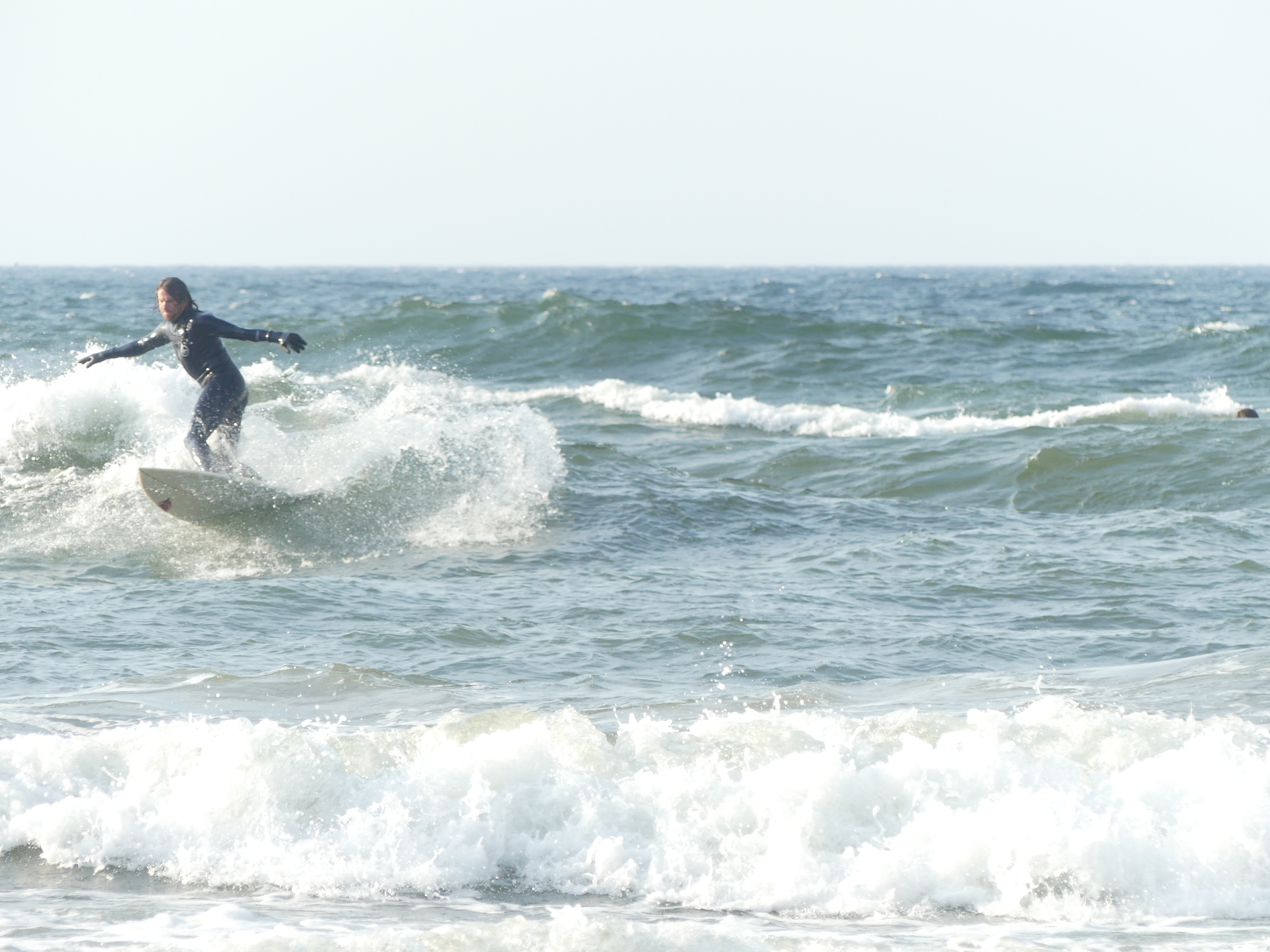
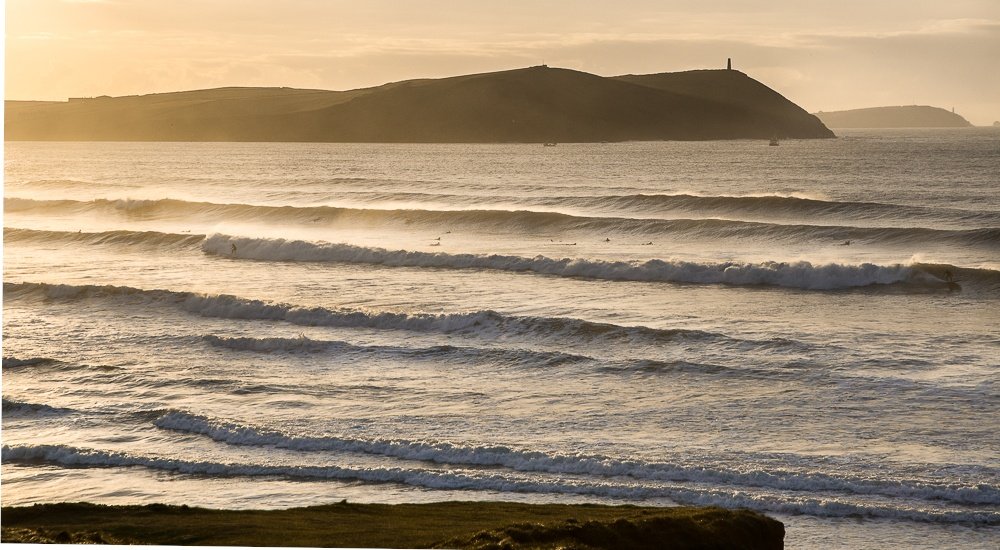
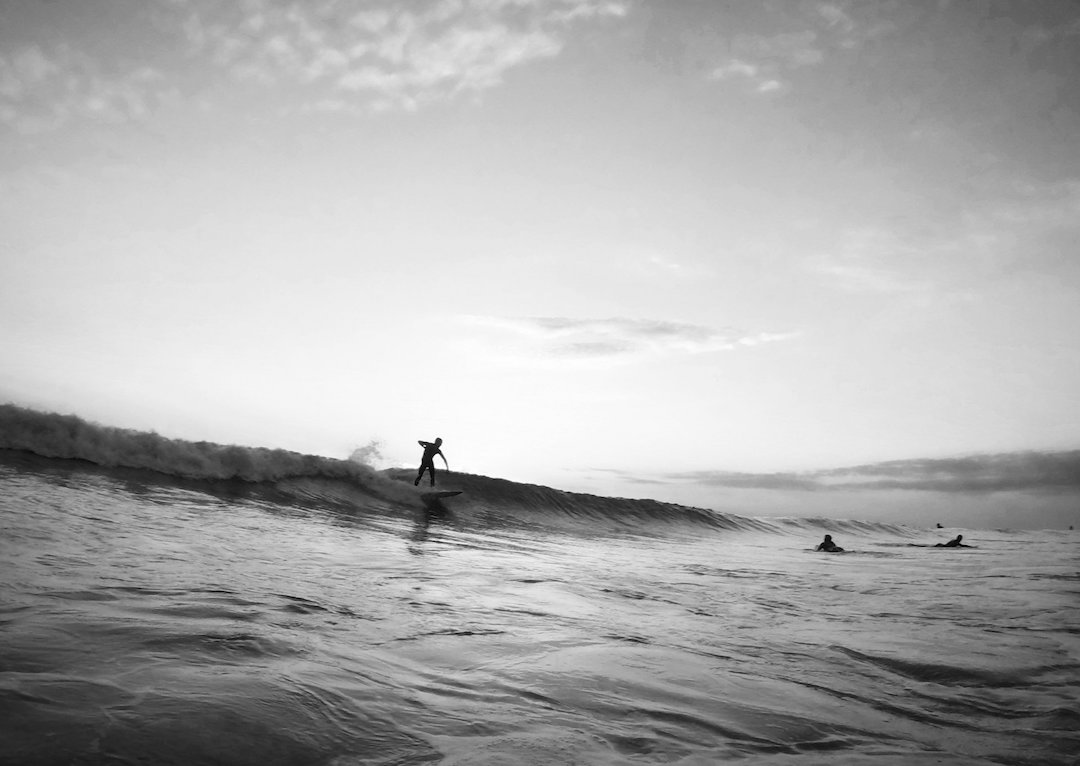
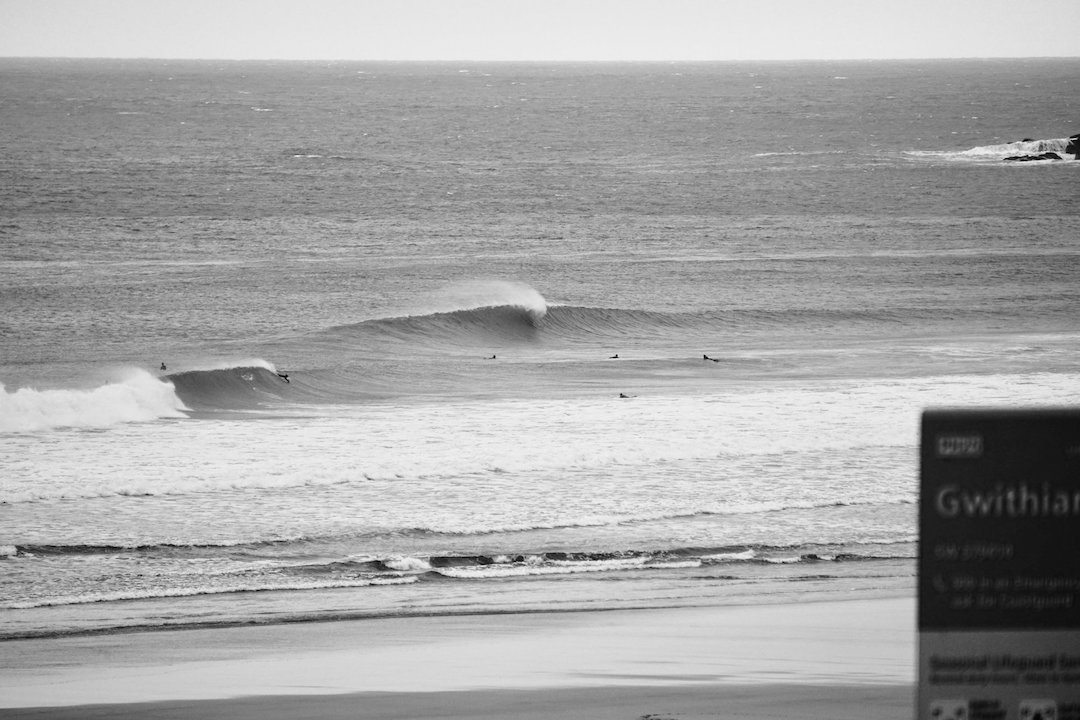
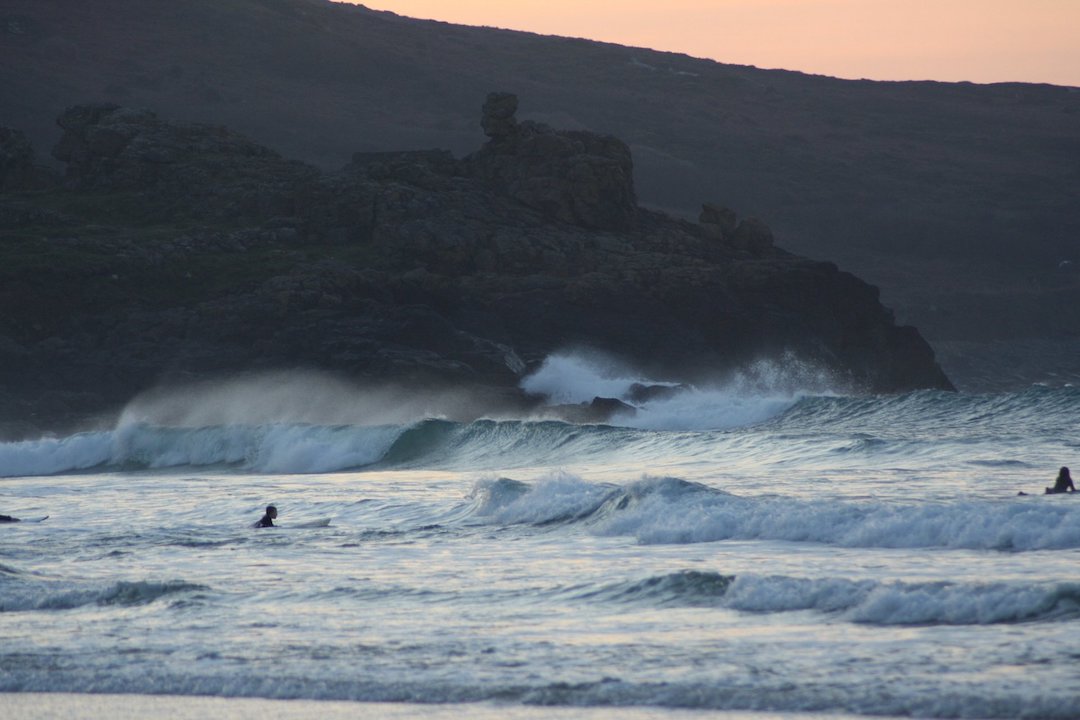
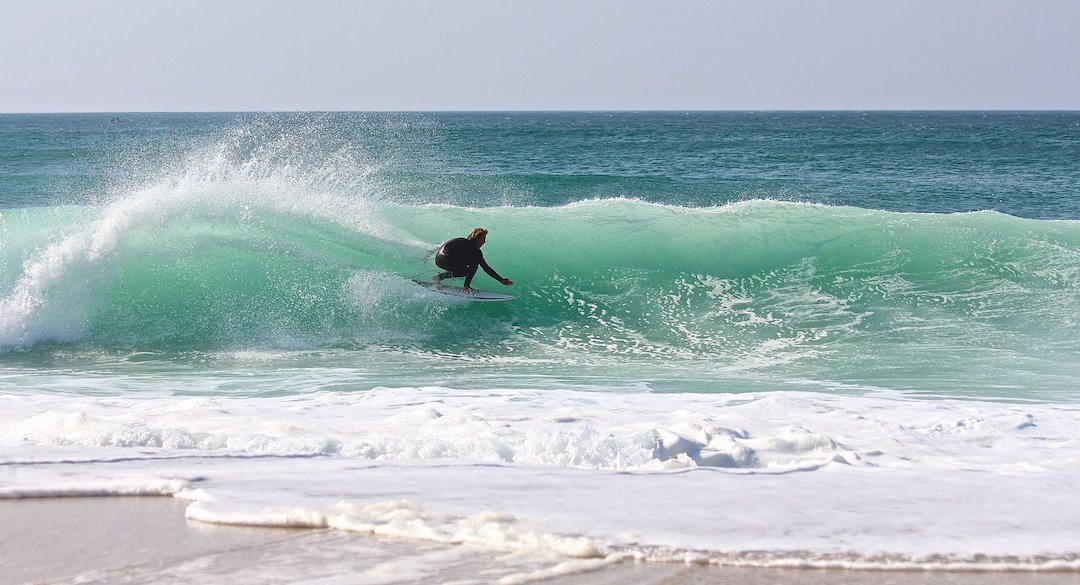
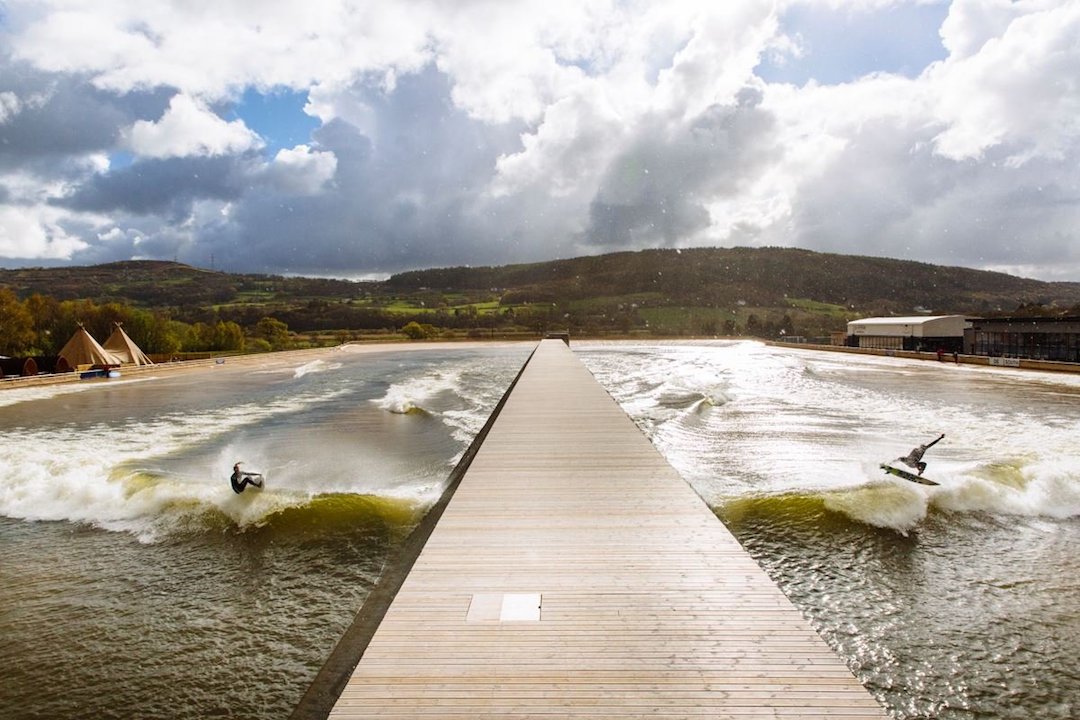
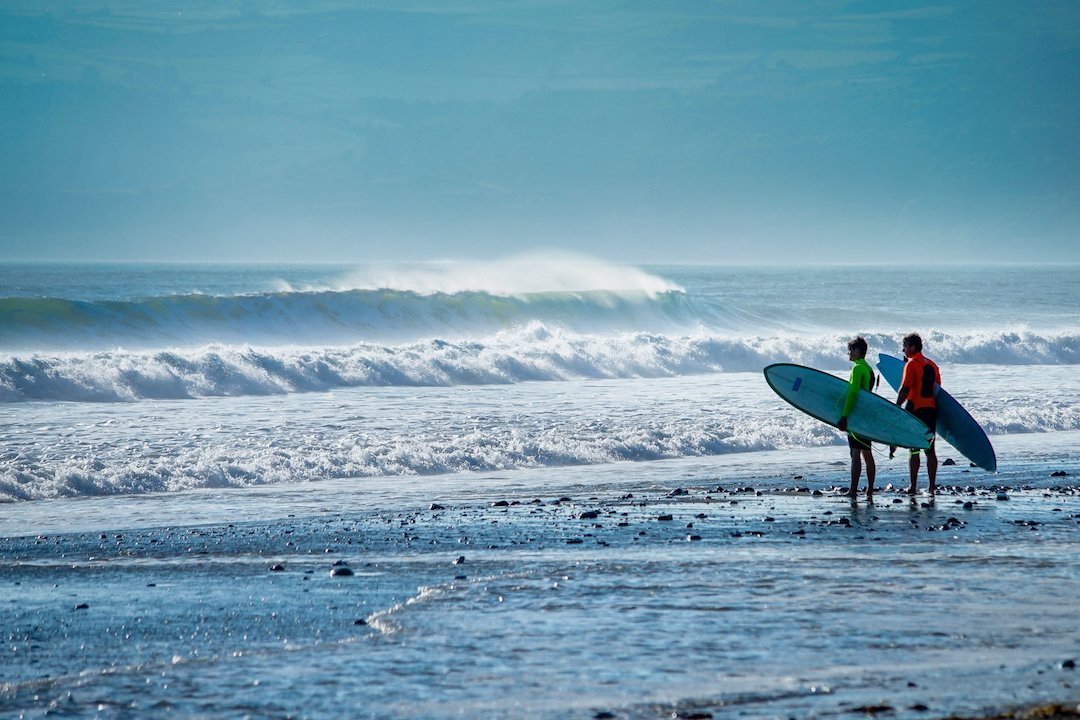
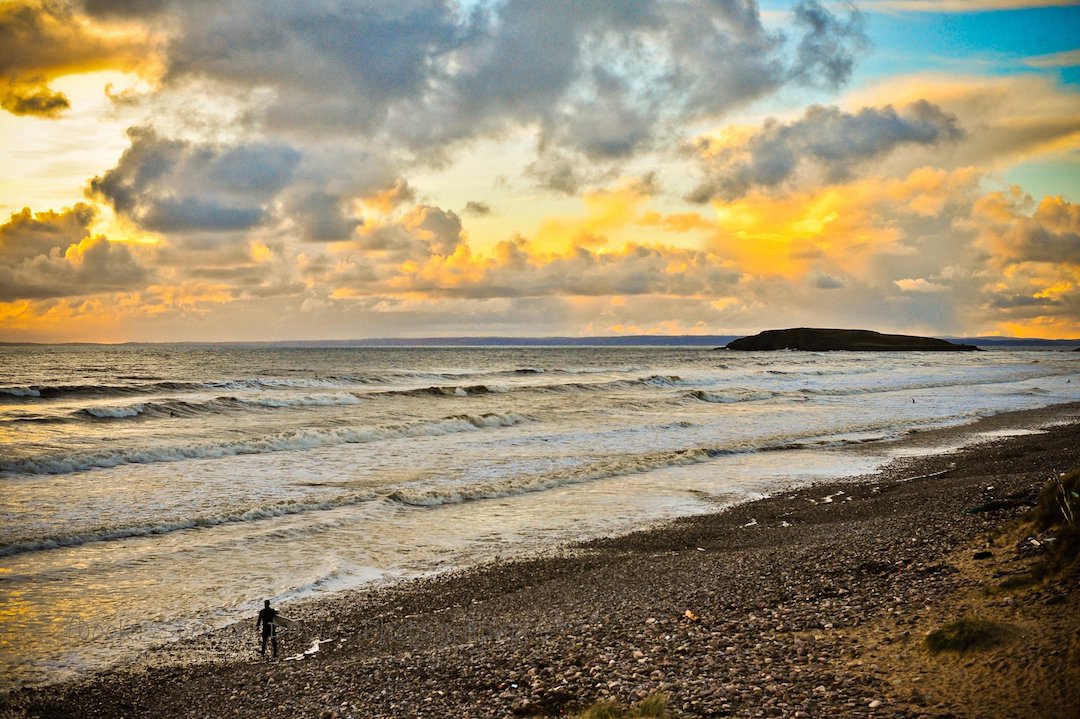
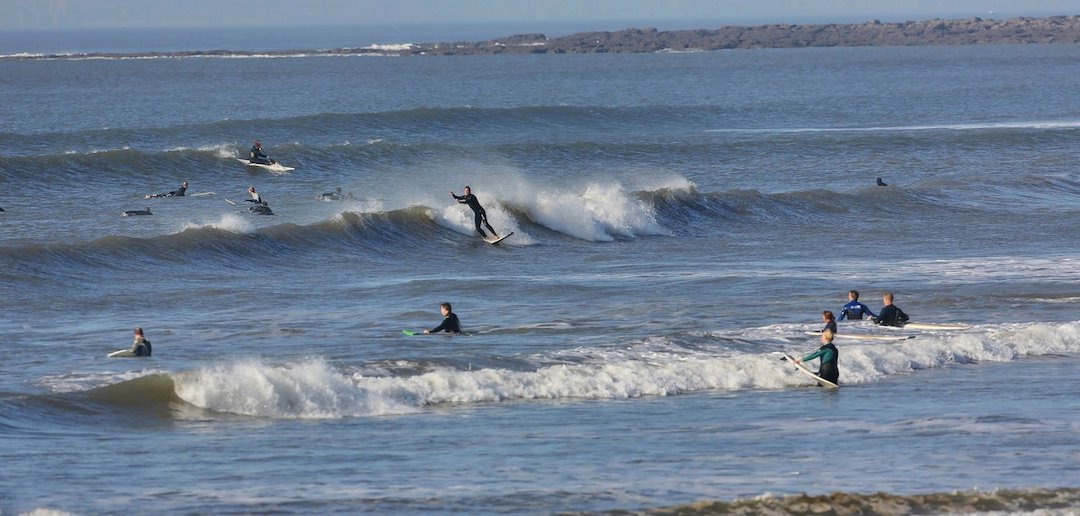
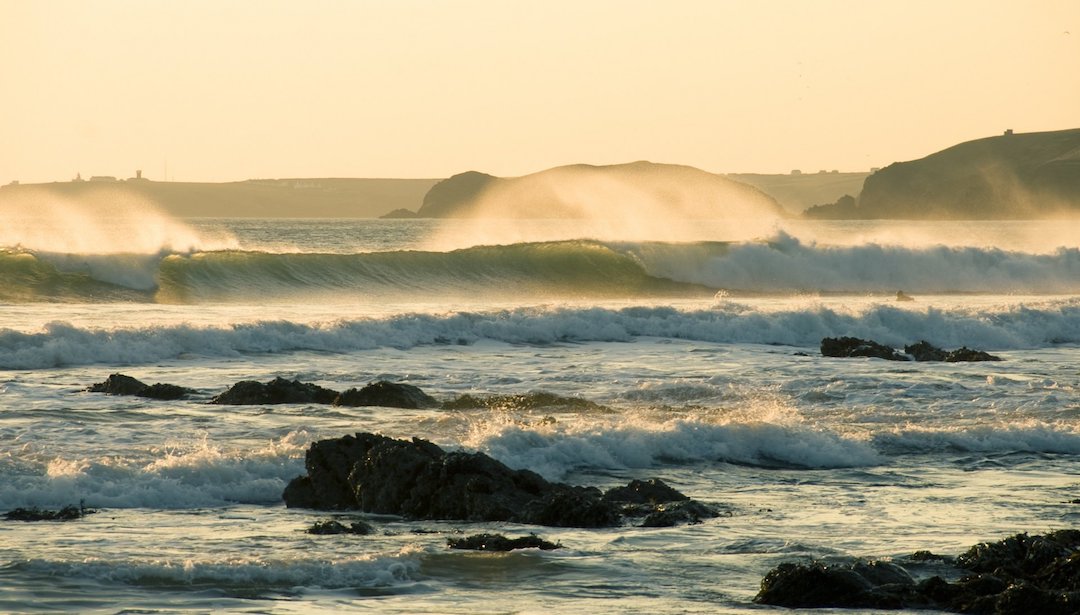
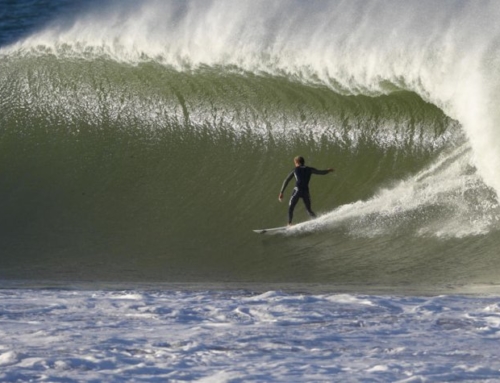
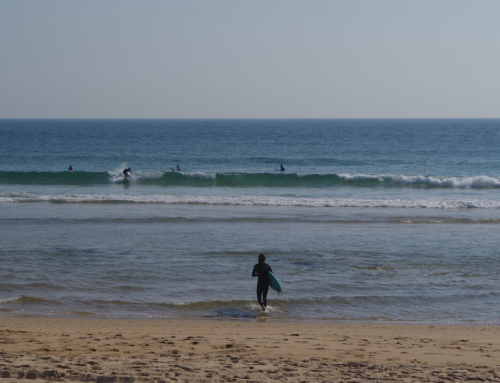
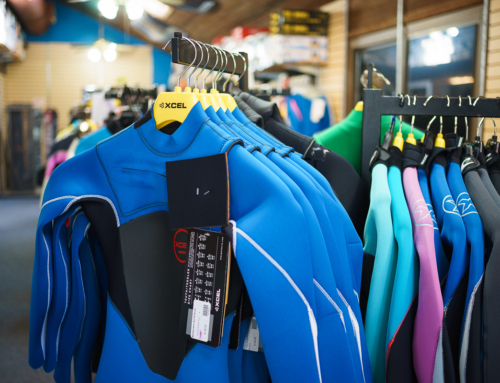
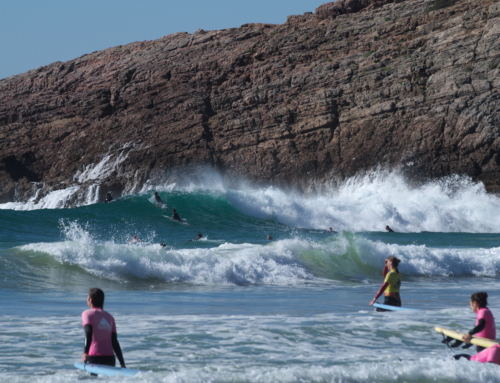
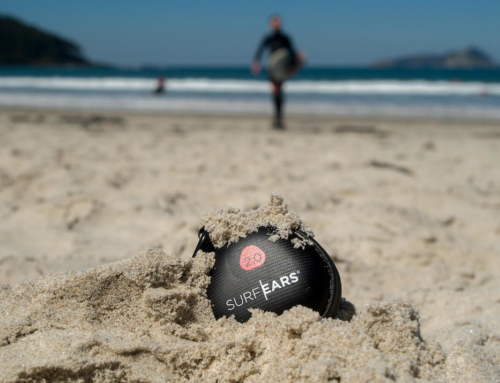
Heading to these surfing spots this summer? Open your car windows and let the breeze blow your hair as you anticipate the sea and sand in your feet. Turn your beach mode on and crank up the volume to these upbeat surfing songs:
https://3dfins.eu/blogs/media-spotlight/best-surfing-songs